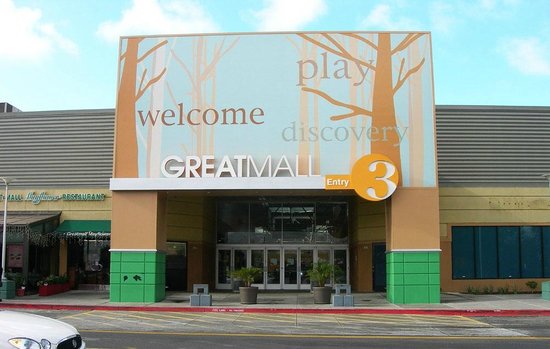 The coronavirus pandemic has gone on for eight months now, and it seems as though the virus will continue to be a problem in the foreseeable future. The FDA has already approved Pfizer’s (the leading pharmaceutical company) vaccine. However, even though the vaccine has been approved, not everyone will have access to it, at least until early next year. Additionally, essential workers will be the first group to have access to the vaccine, not the general public.
The coronavirus pandemic has gone on for eight months now, and it seems as though the virus will continue to be a problem in the foreseeable future. The FDA has already approved Pfizer’s (the leading pharmaceutical company) vaccine. However, even though the vaccine has been approved, not everyone will have access to it, at least until early next year. Additionally, essential workers will be the first group to have access to the vaccine, not the general public.
Due to the unavailability of vaccines, the social distancing and mask mandate guidelines in California will likely last for quite some time. With Santa Clara County moving back into the purple tier, and the second wave of infections, more deadly than the last, sweeping through the county, the county has placed curfews and cancelled sporting events. The state has also limited retail stores and malls to 10% customer capacity, and grocery and drug stores are limited to 25%.
The even tighter restrictions that have now been put in place will help decrease infection rates, and I agree with the Mandatory Directive on Travel, a statute put out by the county that requires travellers to quarantine for 14 days after going out of state, which will help decrease the spread due to the travel quarantine. However, I do not agree with prohibiting indoor dining and reducing business capacity even further. According to The New York Times, the second wave of new coronavirus cases started around the beginning of November, which is usually when holiday travel ramps up. In fact, some airlines like JetBlue added dozens of new routes at the beginning of November, according to NBC news. Thus, I assume that travel is the major factor in the wave of new cases, not businesses staying open.
While restrictions might seem like a good idea with cases spiking and hospital capacity dwindling, the tighter restrictions do not bode well for businesses. Businesses will not be able to attract many customers, if at all. Many businesses, especially retail stores and malls, have already faced the growing competition from e-commerce, which has destroyed many local businesses, and with the changed coronavirus guidelines, local businesses cannot survive. It is likely that the spike in infection rates is due to holiday travel, as well as the winter, which is prime time for infection. Stores cannot survive at such restriction levels. Many restaurants and businesses have had to operate at reduced capacity for months now and had already been forced to close during the summer.
The stricter restrictions on these businesses will only accelerate the widespread trend of businesses closing due to e-commerce and cause small stores to fizzle out. No longer will the Great Mall be great; it will only be deserted. I personally have been to the Great Mall a few times during the pandemic, and it is in a sorry state, to say the least. Many stores have little to no customers, and now that malls are limited to 10%, down from their previous 25% cap, I doubt that customers will shop at the physical stores. Once you enter the food court, you will see that there are almost no people ordering food. A few restaurants are still closed, and have been closed since March. Very likely, these restaurants will not survive much longer. The permanent closing down of businesses is important because restaurants and retail make up around 9% of all jobs in the Bay Area, according to the US Bureau of Labor, which is a few percentage points more than the unemployment rate in the US, according to the US Bureau of Labor’s most recent civilian unemployment rate. The reason the employment rate isn’t higher is because the reopening of businesses has allowed some of those jobs to come back. However, if these businesses were to go away, or close down, the employment rate would rise to match that 9%.
As a result of businesses closing, many will choose to shop elsewhere, primarily online and in other cities, which will divert economic spending, hurting smaller towns, such as our own Milpitas, and cities overall. The business shutdown will be an outsourcing of both economic growth and jobs. I believe that the stricter coronavirus mandates and restrictions are incredibly harsh, and will only hurt Santa Clara County and Milpitas’s economy in the long run. It is not worth it to impose such strict restrictions on local businesses, as there is not much of a correlation between infection rates and businesses staying open. This heightened infection rate is not due to people interacting at businesses, but rather due to the increase in travel because of the holidays. It’s unfair for businesses to pay the price for a problem that they did not cause.

